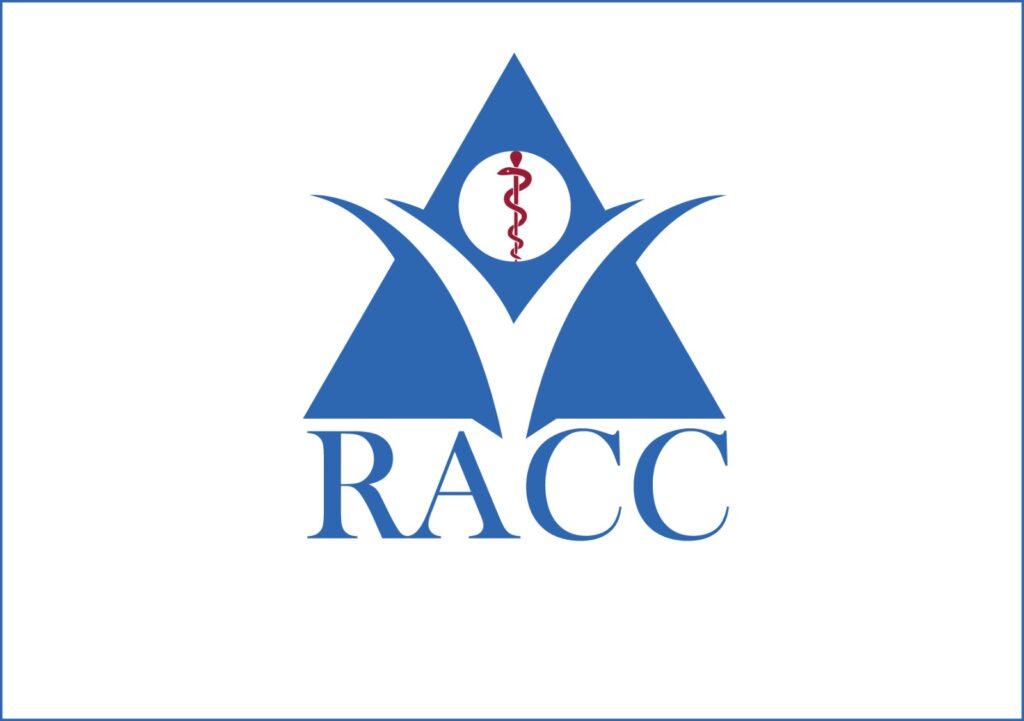What is Cardiac Arrest?
Cardiac arrest occurs when the heart abruptly stops beating.
This interruption of heart function stops effective blood circulation, causing a significant decrease in blood flow to the brain and other essential organs.
As a result, consciousness is lost, and if not quickly treated, it can lead to coma or even death.
What Causes Cardiac Arrest?
Cardiac arrest often results from arrhythmias, which are irregular heart rhythms.
The most common types are
- Ventricular fibrillation
- Ventricular tachycardia
However, since many cardiac arrests happen outside of hospitals, pinpointing the exact cause can be challenging.
Structural heart diseases, like
- Coronary artery disease
- Heart failure
- Inherited arrhythmias
frequently results the cardiac arrest.
Non-cardiac factors can also contribute, including
- Significant blood loss
- Lack of oxygen
- Electrolyte imbalances
- Electrical injury
- Intense physical exertion
What are the Symptoms?
Symptoms of cardiac arrest can be sudden and without warning.
In about half of cases, there are no preceding Symptoms, when present, can include
- Chest pain
- Fatigue
- Dizziness
- Shortness of breath
- Weakness
A person in cardiac arrest will typically be unconscious and exhibit abnormal breathing or no breathing at all.
Immediate action is crucial: bystanders should call emergency services and start CPR if cardiac arrest is suspected.
How is Cardiac Arrest Diagnosed?
Diagnosis of cardiac arrest involves identifying the
- Absence of a pulse
- Abnormal breathing
In hospital settings, continuous monitoring with EKG leads helps determine the type of arrhythmia and guides treatment.
Cardiac arrest rhythms are categorized into
- Shockable (ventricular tachycardia or ventricular fibrillation)
- Non-shockable (asystole or pulseless electrical activity)
Additionally, point-of-care ultrasound (POCUS) can be useful in diagnosing cardiac arrest and identifying its possible causes.
What are the Treatment Options?
Treatment aims to restore spontaneous circulation as quickly as possible.
This involves
- Performing CPR
- Administering defibrillation
if appropriate, and, in some cases, cardiac pacing.
Post-resuscitation care may include
- Protecting the brain
- Maintaining blood pressure
- Correcting imbalances
In certain situations, an implantable cardiac defibrillator might be recommended to lower the risk of future episodes.
Understanding cardiac arrest and its management can save lives. If you witness someone collapsing and suspect cardiac arrest, call for help immediately and start CPR.
By staying informed and prepared, you can play a critical role in emergencies and help improve outcomes for those experiencing cardiac arrest.



